Head-To-Head: Microsoft Surface 2 Vs. Surface RT
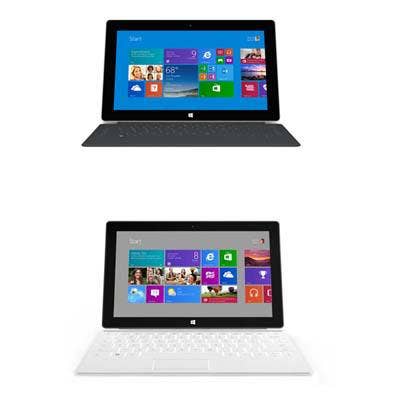
Surface RT Vs. Surface 2
On Oct. 22, Microsoft will begin shipping Surface 2 and Surface Pro 2, as it goes all-in to the tablet market with a pair of refreshed and more powerful devices sold through its retail outlets. The latter device replaces what came before; the former will be sold alongside its predecessor. Earlier this week, CRN presented the higher-end Surface Pro 2 versus Apple's iPad 4. Here the Test Center contrasts the lower-end Surface 2 against Microsoft's original Surface for Windows RT.
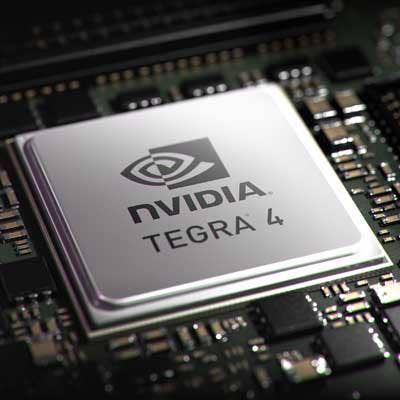
CPU And Memory
The second edition of Microsoft's first computer will have many of the same unique processor capabilities as its predecessor but at a faster clock rate. Surface 2 will be powered by an Nvidia Tegra 4 system-on-chip (SoC), which incorporates four ARM Cortex application processor cores plus a fifth "battery saver" core for performing functions during device standby. The Tegra 4 uses Cortex-A15 at speeds of up to 1.9GHz. Surface 2 is clocked at 1.7GHz compared with the 1.4GHz Cortex A9 cores in Tegra 3. Both Surface RT and Surface 2 include 2 GB of system RAM; the Tegra 4 can address 4 GB. Both are available in 32- and 64-GB models, of which Windows RT occupies about 16 GB. A microSD card slot supports the addition of as much as 64 GB for storage. There's also a full-size USB 3.0 port.
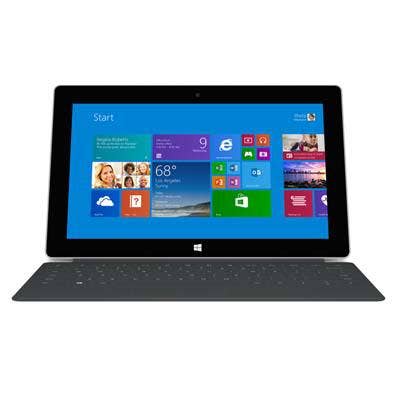
GPU, Display And Video
The new Nvidia SoC incorporates 72 graphics cores and supports a maximum resolution of 3,200-x-2,000 pixels according to Tegra 4 tech specs published on Nvidia's website. Tegra 3's GPU packs 12 graphics cores and tops out at 2,048-x-1,536 pixels. But, neither device will drive an external monitor at those resolutions. For connecting to an external display, Microsoft provides a proprietary "HD video out port" with a maximum resolution of 1,920 x 1,080. The $40 adapter is sold separately. Both Surface models are built around a 10.6-inch five-point touch display with Microsoft's "ClearType" sub-pixel rendering technology. The Surface 2's panel boosts resolution to 1,920 x 1,080, which is just shy of 208 pixels per inch (ppi). The older Surface displays 1,366-x-768 pixels, or 148 ppi.
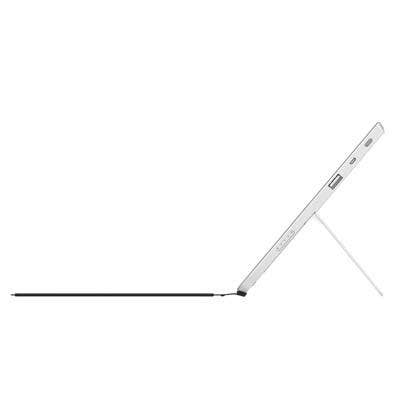
Physical Dimensions
Other than Surface 2's new two-position kickstand and lighter hue, the two tablets are virtual clones. Both measure 10.8 inches by 6.8 inches by 0.35 inches thick with the same controls for power and volume, plus a headphone jack, mic and speakers, and a dedicated "home" button. Weight remains at 1.5 pounds and they're still encased in magnesium. Kudos for Microsoft's magnetic power connector (on the old and the new), which pops off easily under stress rather than damaging components.
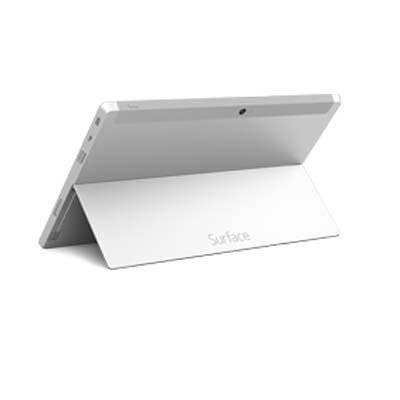
Coms And Cams
Surface 2 beefs up the cameras. The new model comes with a 5-megapixel rear camera and 3.5 megapixels on the front, enough for 1080p video capture on either camera. The prior model offered "720p" resolution on both cameras, which translates to 0.9 megapixels. Both Surface models continue to offer just Wi-Fi a/b/g/n and Bluetooth 4.0. There's still no cellular, LTE or NFC on any Surface model.
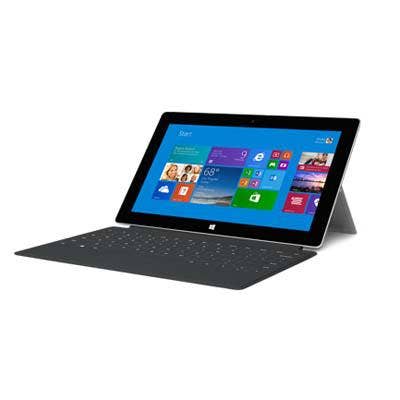
The Bottom Line
Surface 2 comes with Windows RT 8.1, the latest crippled version that has no Start menu, runs only RT-compatible apps downloaded from the Windows Store and nothing made for Windows XP, Windows 7 or x86 hardware. If all that's OK, then a starting price of $449 with a 32-GB SSD, MS Office and 200 GB of SkyDrive storage might start to look pretty good. When Surface 2 begins shipping on Oct. 22, it will cost $349 with a 32-GB SSD.